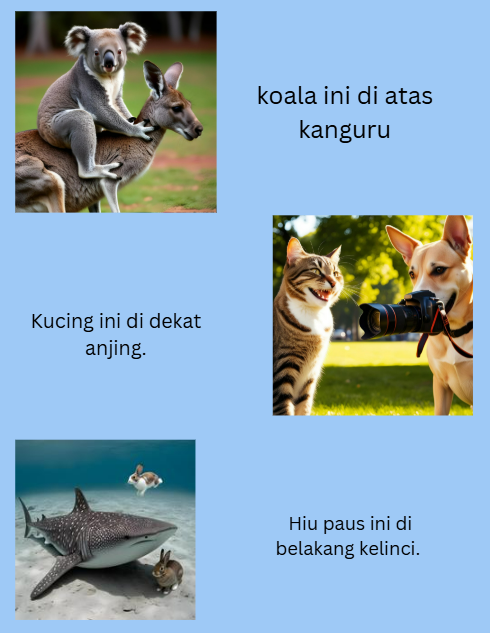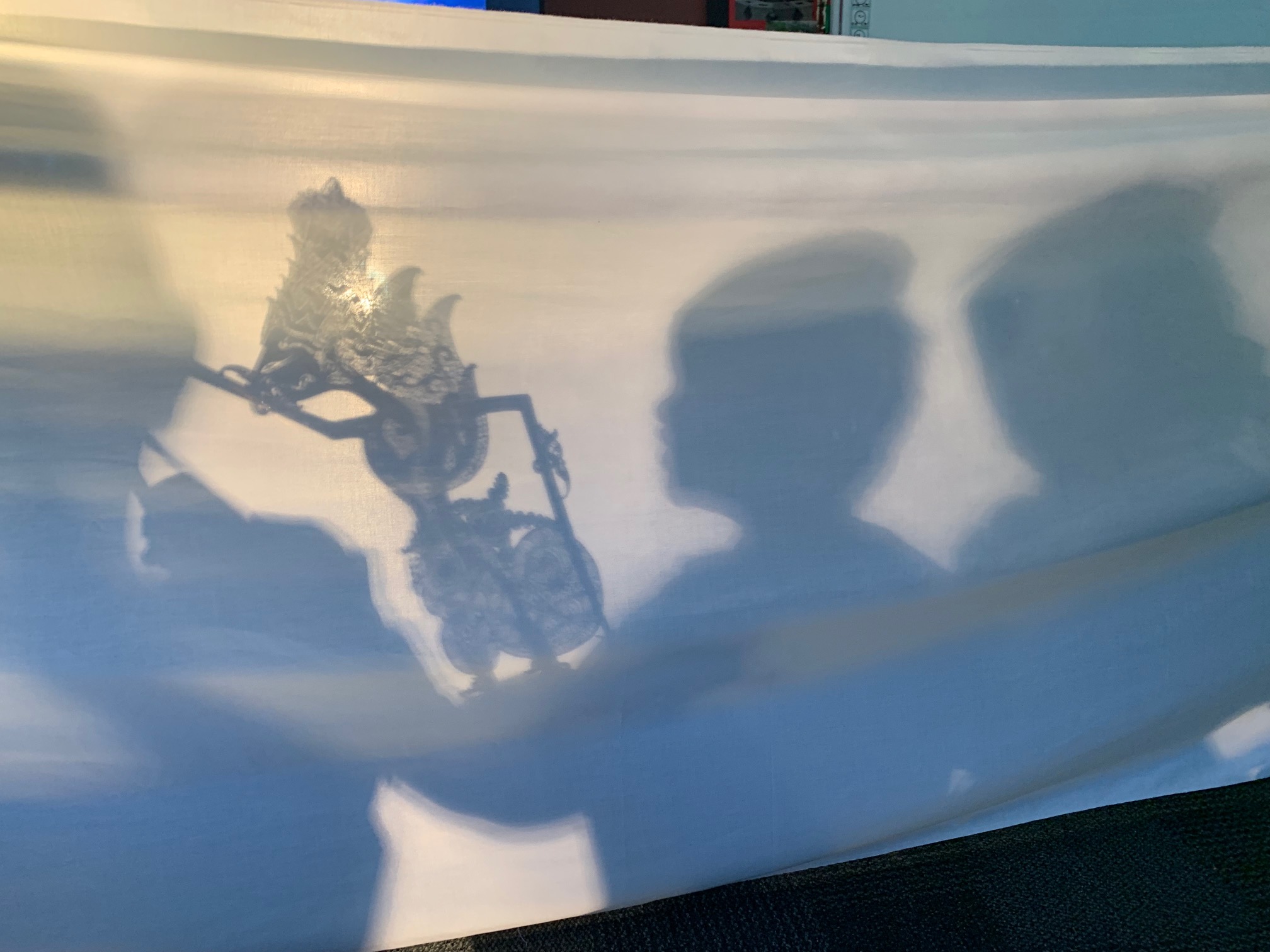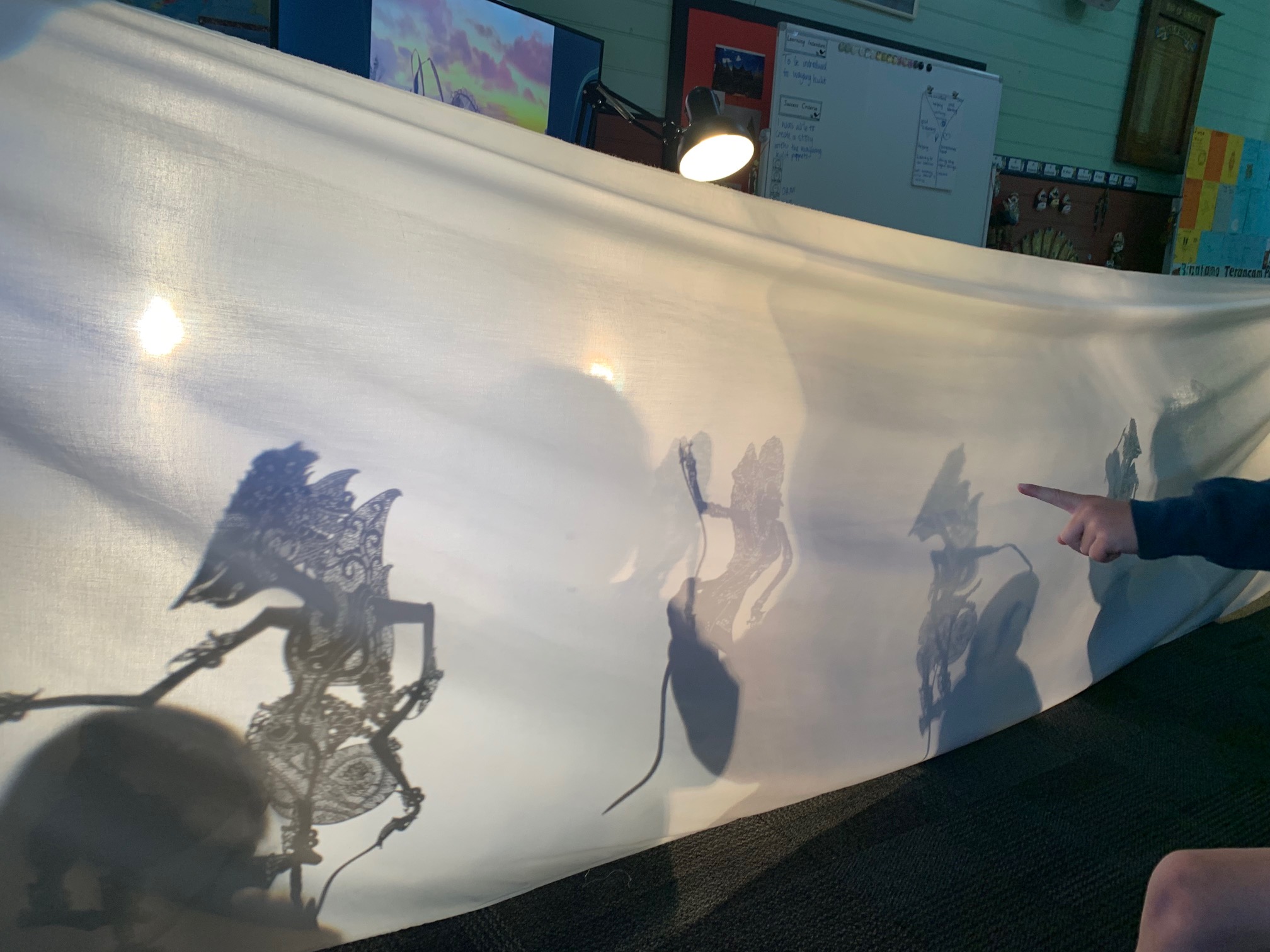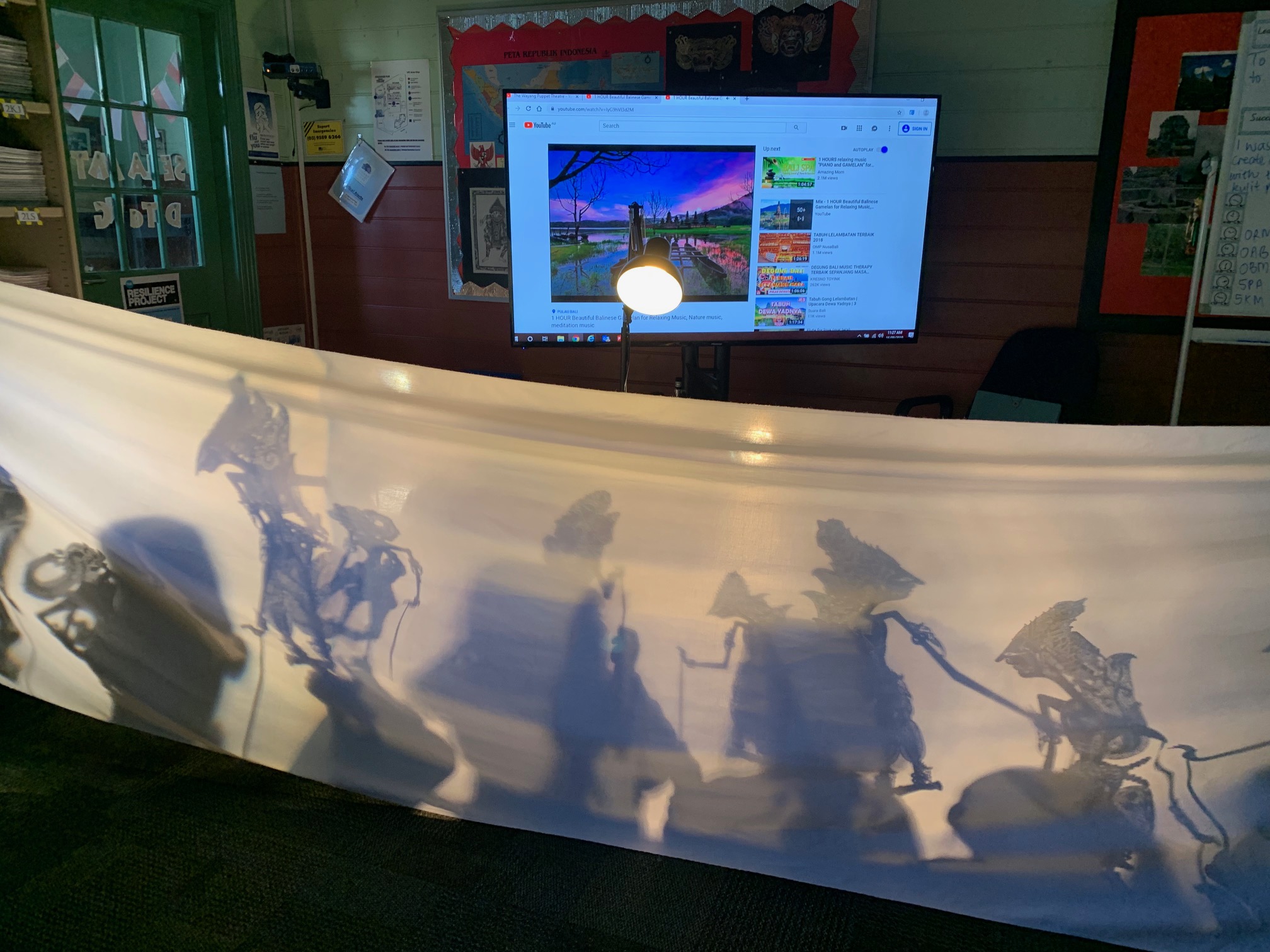Indonesian at Vermont Primary School
Indonesian (Bahasa Indonesia) — Learning an Additional Language
At our school, Indonesian is taught as an additional language to spark curiosity, build real-world communication skills and deepen intercultural understanding. Learning is active, visual and fun, with lots of opportunities to listen, speak, read and write in meaningful contexts. Our program is aligned with the Victorian Curriculum: Languages.
What learning looks like:
Vocabulary for their world
Students build a personal “word bank” connected to their everyday environment—classroom objects, school life, family, food, places and hobbies—so new terms feel useful and relevant.
Reading and translating with support
Learners engage with short texts such as classroom labels, posters, songs and simple stories. With the help of visuals and familiar words, they practise recognising meaning and translating key ideas between Indonesian and English.
Numbers in action
Students practise counting and consolidate their knowledge of numbers through real contexts—ages, dates, prices, scores and simple maths games—so numeracy and language grow together.
Speaking with confidence
Through greetings, classroom routines and short dialogues, students respond in Indonesian and focus on clear pronunciation. Frequent, low-risk practice helps them speak accurately and with growing confidence.
Showing what they know
Understanding is demonstrated in many ways: creating labelled pictures, writing simple sentences, using new and revised vocabulary, joining in language games, and following and responding to basic instructions and questions.
Culture and creativity
Students explore vibrant aspects of Indonesian culture, including traditional games, Batik textile designs and Wayang Kulit (shadow puppetry). They compare cultures, celebrate similarities and differences, and develop respect for Indonesia’s rich traditions.
By combining purposeful language use with cultural exploration, our Indonesian program helps students become curious, confident communicators and thoughtful global citizens.
Learning the names for the parts of the body. Instruction cards were supplied to students to prompt very interesting ‘monster’ drawings with chalk
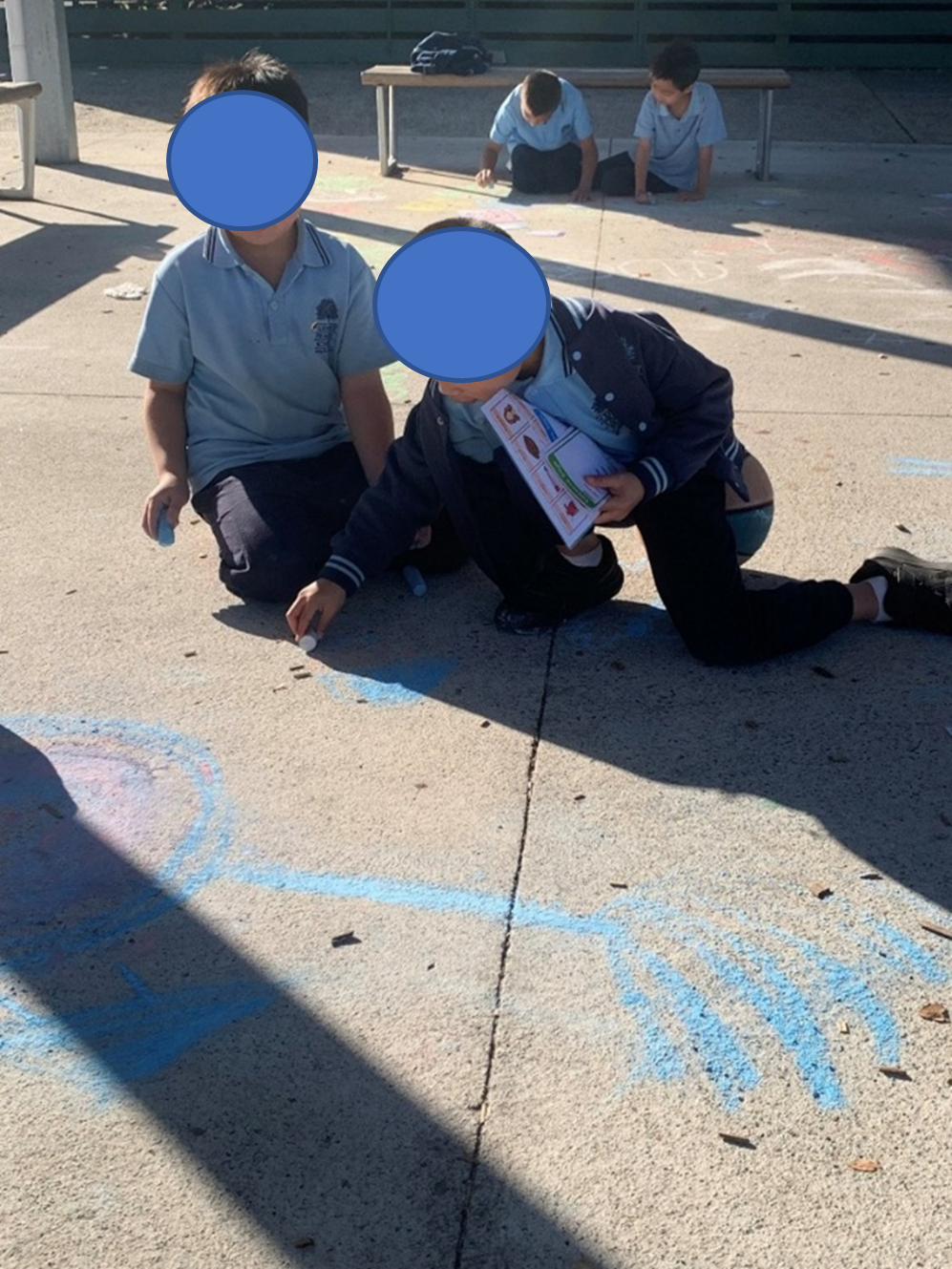
Making and flying kites after learning about the annual Bali kite festival

Learning about the different Batik patterns. In the classroom, crayons act as the wax resistant and watercolour paints to act as the coloured dyes.
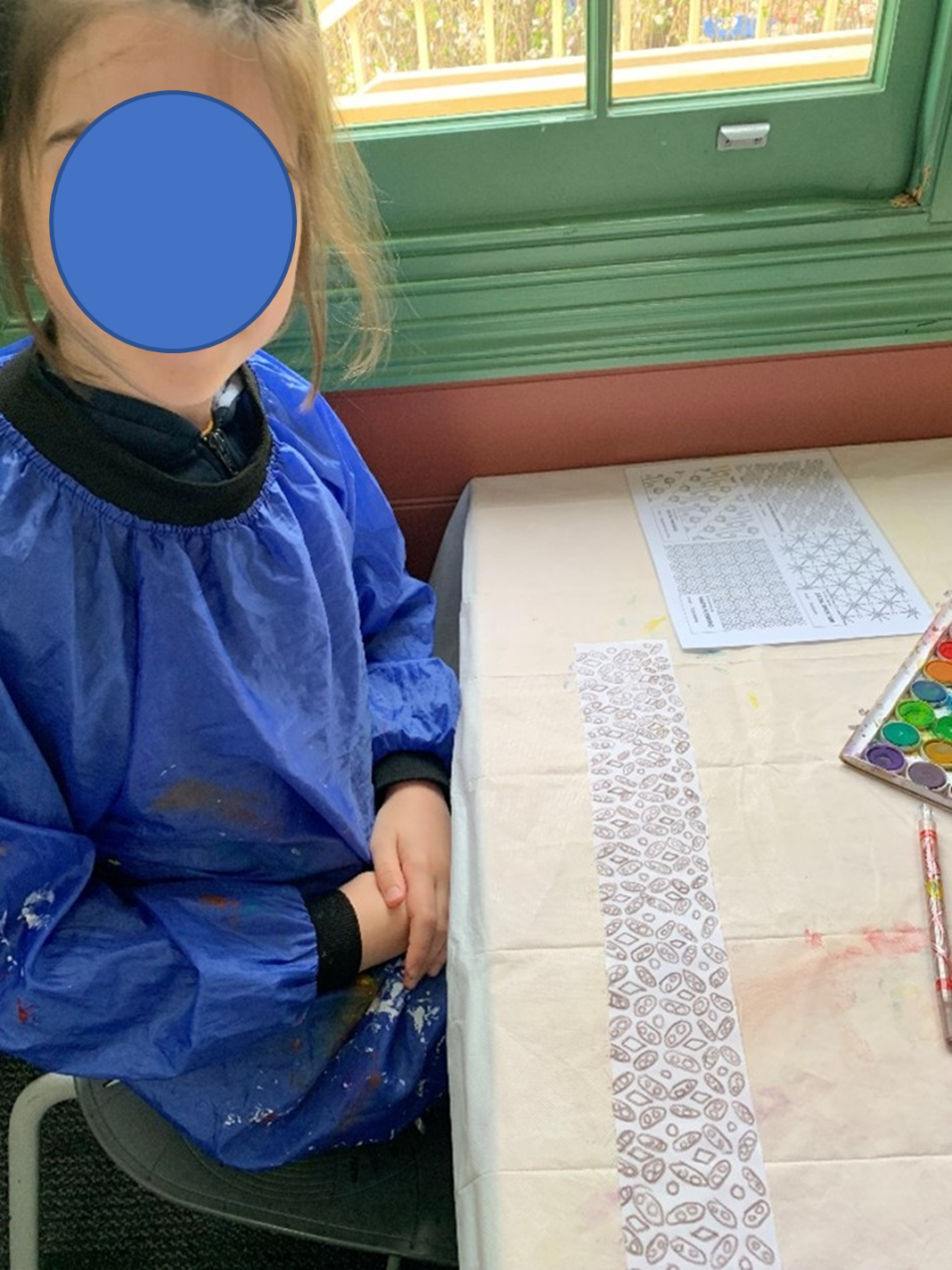
Learning about the Indonesian Rupiah. This is a partner game to race to Rp100,000 - play money is supplied to assist with counting the different denominations.
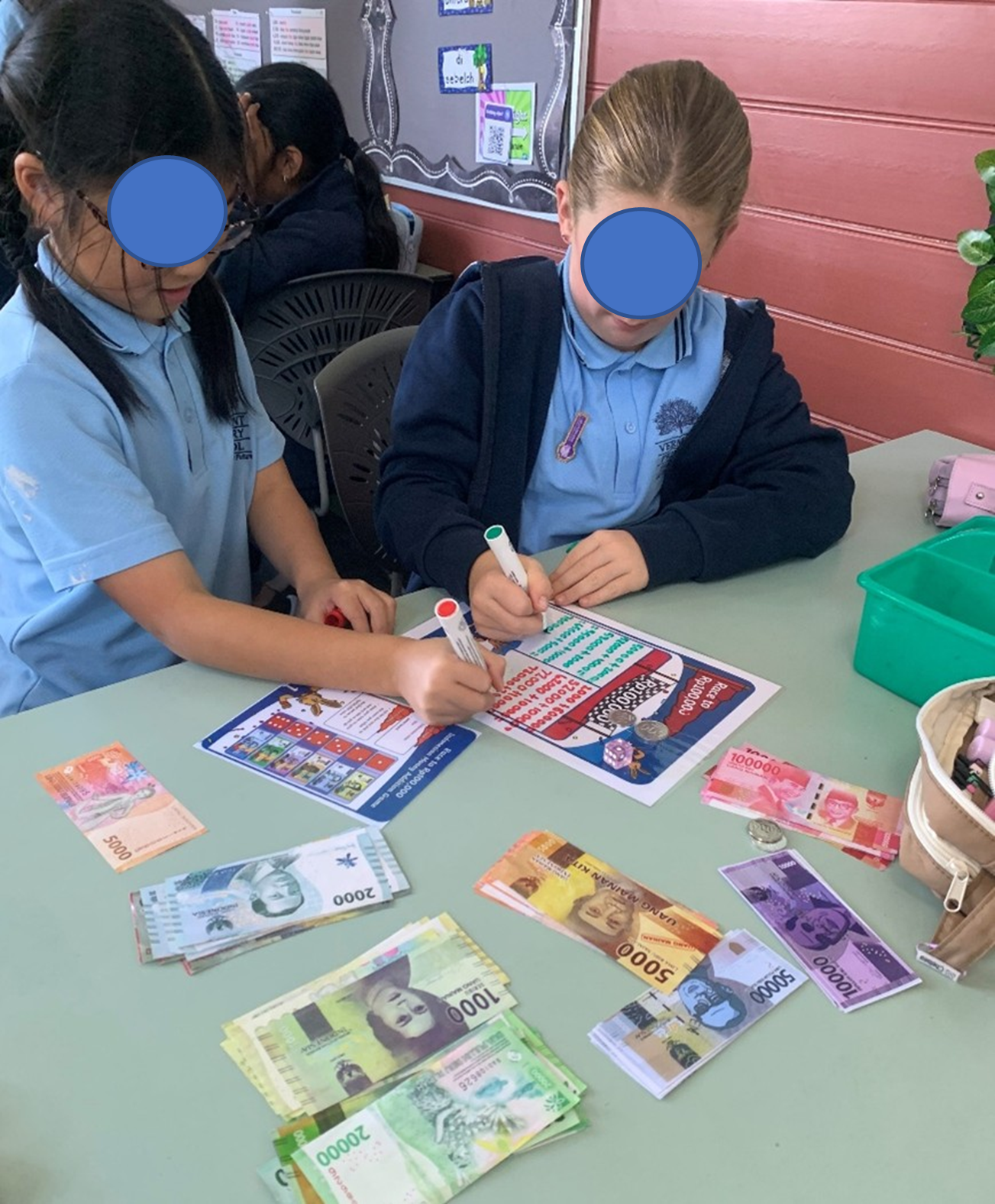
Wayang Kulit – students learn about the shadow puppets and then have a go, creating their own stories and performing them to their peers.
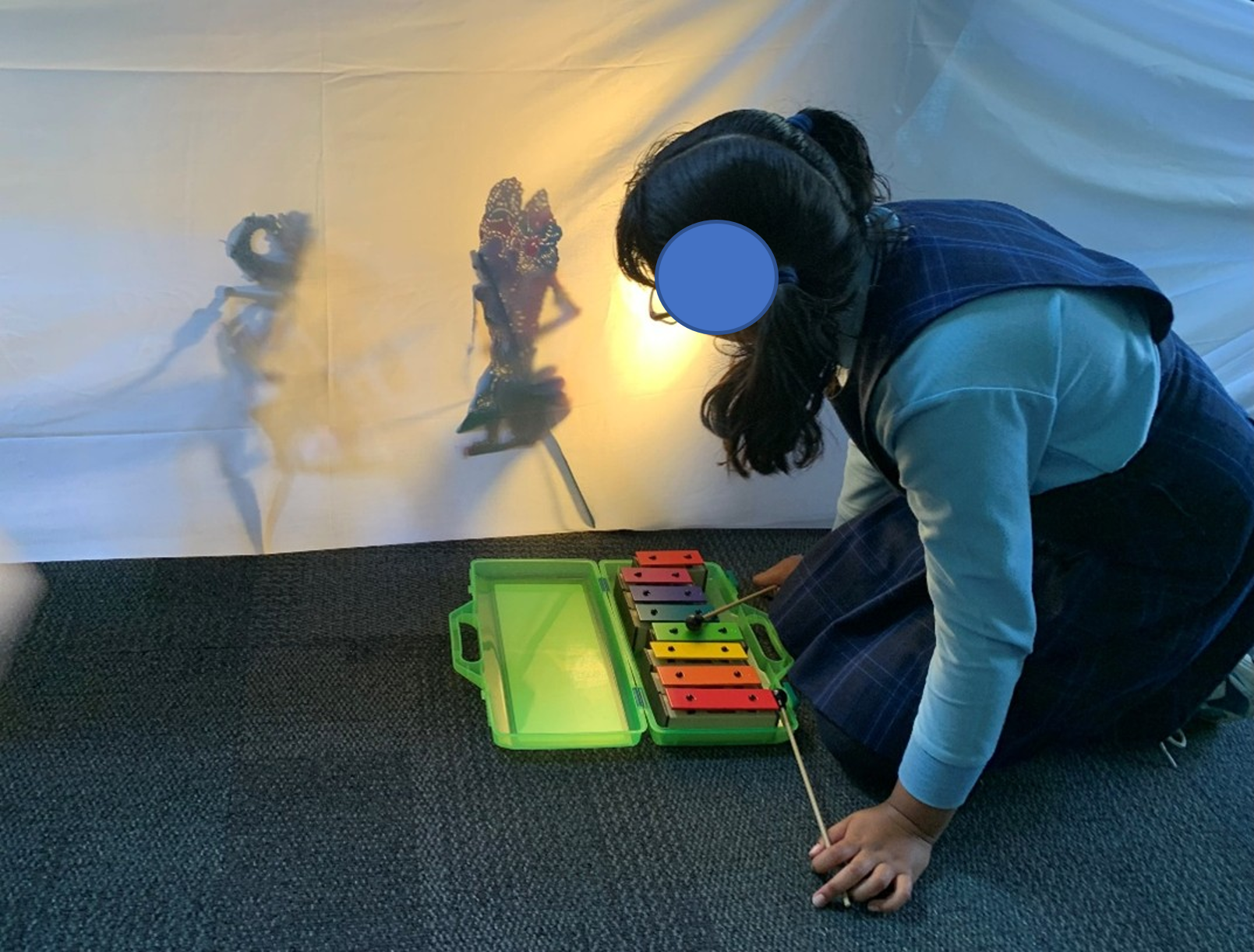
Student work sample: Using Canva to demonstrate their understanding of prepositional language by writing simple sentences and generating AI pictures to match.
